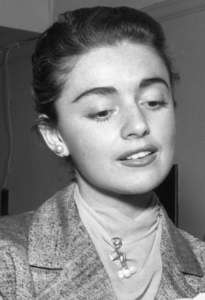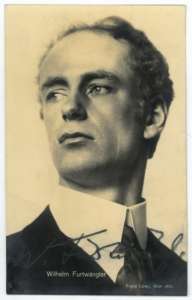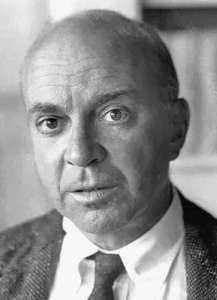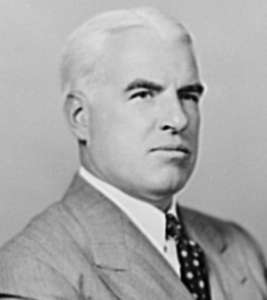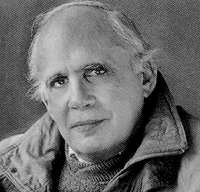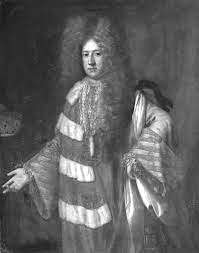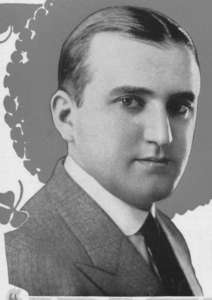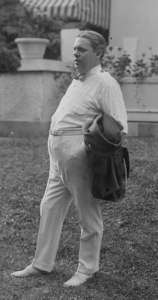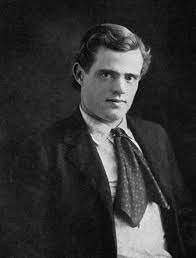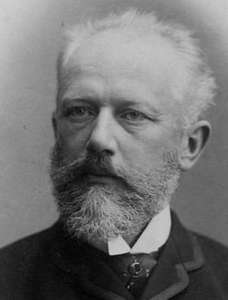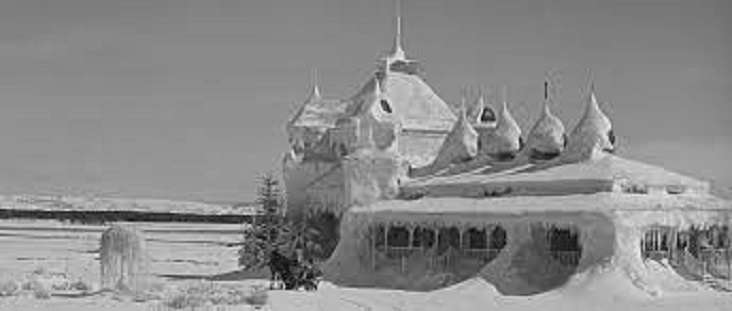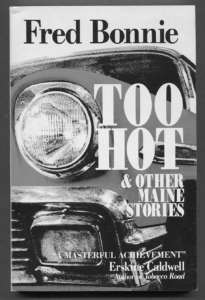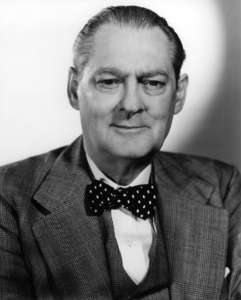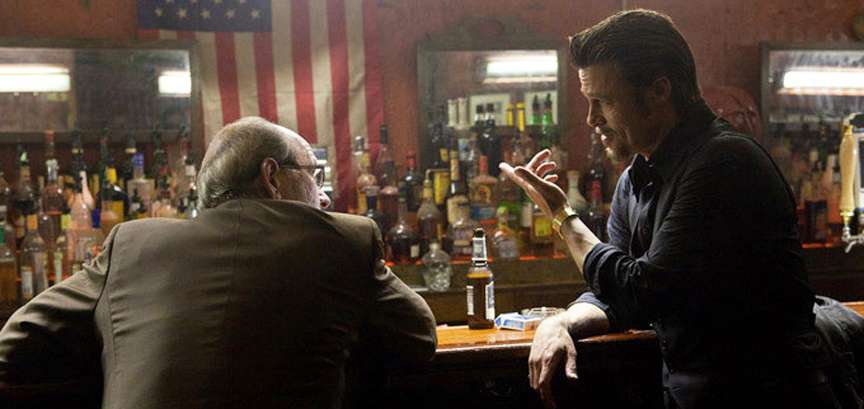
Richard Cramer
What It Takes
A 1992 book, What It Takes, by the late Richard Ben Cramer (1950-2013) examined the lives of six candidates in the 1988 race for the White House: Republicans Bob Dole and George H.W. Bush (1924-2018) and Democrats Joe Biden, Michael Dukakis, Dick Gephart and Gary Hart. It weighs in at over 1,000 pages and is written in an incisively fascinating narrative style that lends itself to dipping into because, life being much too short, one may not have enough time to slog through the entire volume.
In my continuing series on past presidents, I couldn’t have come across, among the piles of unread books in my house, this one at a better time as when I needed something interesting on George Herbert Walker Bush, #41, at 1600 Pennsylvania Avenue.
Since birth, Bush had lived a life of wealth and privilege inside a bubble and Cramer zeroed in on a key moment before the 1981 inauguration when the newly-elected vice-president represented Ronald Reagan at the Massachusetts funeral of former Democrat House Speaker John McCormack:
“It was as George Bush left the church, and all the other mourners were held at the door, as he was guided through a gauntlet of men to the limousine waiting in a ten-car train, as the agents closed him in behind bulletproof steel and glass, and stood round the car, scanning the sidewalks and the empty street ahead, as the motorcycles roared to life and George Bush could no longer hear the men and women with whom he had prayed only minutes before, and he could see only the backs of the agents and the streak of two-wheelers past his shaded window, as even the church was rendered invisible by the men and machines walling him away, then George Bush drew one deep breath, as he turned from the window, and he said to friends in the car:
” ‘God!…Isn’t it great? D’ya ever see so many cops?’ ”
For what it’s worth, I voted for HW in both 1988 and 1992, he had some truly good qualities that, in scanning this book, Cramer seems to have ignored, and I have never regretted these votes.
A hilariously true quote about the vice-president job description was provided by FDR’s #2 man, John Nance Garner (until Franklin dropped him from the 1940 ticket in favor of Henry Wallace): “A bucket of warm spit!”
Coincidentally, both Bush and Cramer shared the same birthday of June 12, along with my nephew Philip Cates, in Florida.
California Split
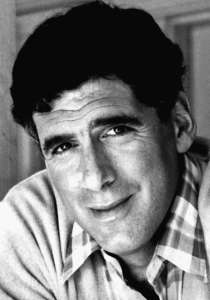 A 1974 film, California Split, directed by Robert Altman (1925-2006), dealt with the sleazy world of gambling casinos in Los Angeles and Reno, Nevada. One saw the full range of humanity, warts and all, at the card games, slot machines and horse races, from the out of state grandmothers to the starry eyed youth.
A 1974 film, California Split, directed by Robert Altman (1925-2006), dealt with the sleazy world of gambling casinos in Los Angeles and Reno, Nevada. One saw the full range of humanity, warts and all, at the card games, slot machines and horse races, from the out of state grandmothers to the starry eyed youth.
The wide spanning cinematography had a certain poetic lyricism in its capturing of detail. The landscape of a highway bus ride from Los Angeles to Reno, along with the glimpses into the 1970s street life of both cities, gave me goosebumps.
I remember enjoying it a lot when it first came out 50 years ago, I recently rewatched it on Amazon Prime and I enjoyed it even more.
Elliott Gould, still living at 85, and the late George Segal (1934-2021) portray two addicted gamblers, Charlie and Bill, who bet heavily at poker games, blackjack, boxing matches, basketball games etc., winning a little, losing a lot and getting into difficulties with their banks, bookies and more ominous characters.
One situation has them winning a lot of cash at poker in LA but encountering a dangerous sore loser who, later that evening, robs them at gunpoint and kicks their ribs several times in the process.. Later in Reno, Charlie sees the robber, follows him into the men’s room, kicks him in the ribs, busts his nose and takes back his cash.
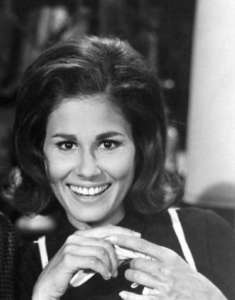 While in Reno, the two, having staked each other, experience a miraculous winning streak of over $82,000, and divide the cash evenly; Charlie wants to continue with the heavy betting everywhere and anywhere but Bill decides to turn over a new leaf and the two men go their separate ways.
While in Reno, the two, having staked each other, experience a miraculous winning streak of over $82,000, and divide the cash evenly; Charlie wants to continue with the heavy betting everywhere and anywhere but Bill decides to turn over a new leaf and the two men go their separate ways.
Actresses Ann Prentiss (1939-2010) and Gwen Welles (1951-1993) portray two prostitutes Babara and Susan who share an apartment with Charlie and both women brought a wonderful sensitivity to their roles.
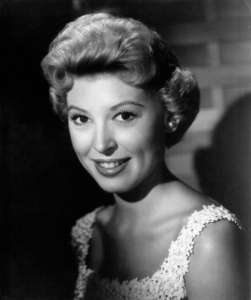 Actress Barbara Ruick (1930-1974) brought a beautifully vivid presence as the bartender in the private room hosting a high stakes poker game. Before the movie was released, she complained of headaches and nausea, went to bed early and was found dead in her hotel room the next morning. The cause of death was an aneurysm . The closing credits mentioned her in memory.
Actress Barbara Ruick (1930-1974) brought a beautifully vivid presence as the bartender in the private room hosting a high stakes poker game. Before the movie was released, she complained of headaches and nausea, went to bed early and was found dead in her hotel room the next morning. The cause of death was an aneurysm . The closing credits mentioned her in memory.
Her husband was composer John Williams, still living at 91, who dedicated his Violin Concerto also to her memory.
In the 1956 musical Carousel, Miss Ruick portrayed Carrie Snow, the close friend of Julie Jordan portrayed by Shirley Jones, and sang beautifully in that role. The musical was also filmed in Maine’s own Boothbay Harbor.
The Sound of Tomorrow
In 1963, RCA Victor released a one dollar LP sampler of its new pop and classical releases, The Sound of Tomorrow, and sold it through Buick automobile dealerships around the country. I bought my copy at the then-Silver Street dealership, in Waterville, that was owned by a friend of the family, the late Nick Saporita and played it to death.
I came into a second copy of the LP recently as part of a free crate of records otherwise headed for a dumpster. The Sound of Tomorrow referred to the Dynagroove recording process which proved, in the long run, because of its dryness of sound to be a deterioration in quality of sound rather than an advance.
Anyway, the pop and classical selections were quite good, ranging from the jazz influenced percussion of Dick Schory’s Stompin’ at the Savoy and Sid Ramin’s brassy arrangement of Spring is Here to soprano Leontyne Price’s Un Bel Di or One Fine Day from Puccini’s opera Madam Butterfly and Erich Leinsdorf conducting the Boston Symphony in the Mahler First Symphony Scherzo movement.
 by Peter Cates
by Peter Cates

